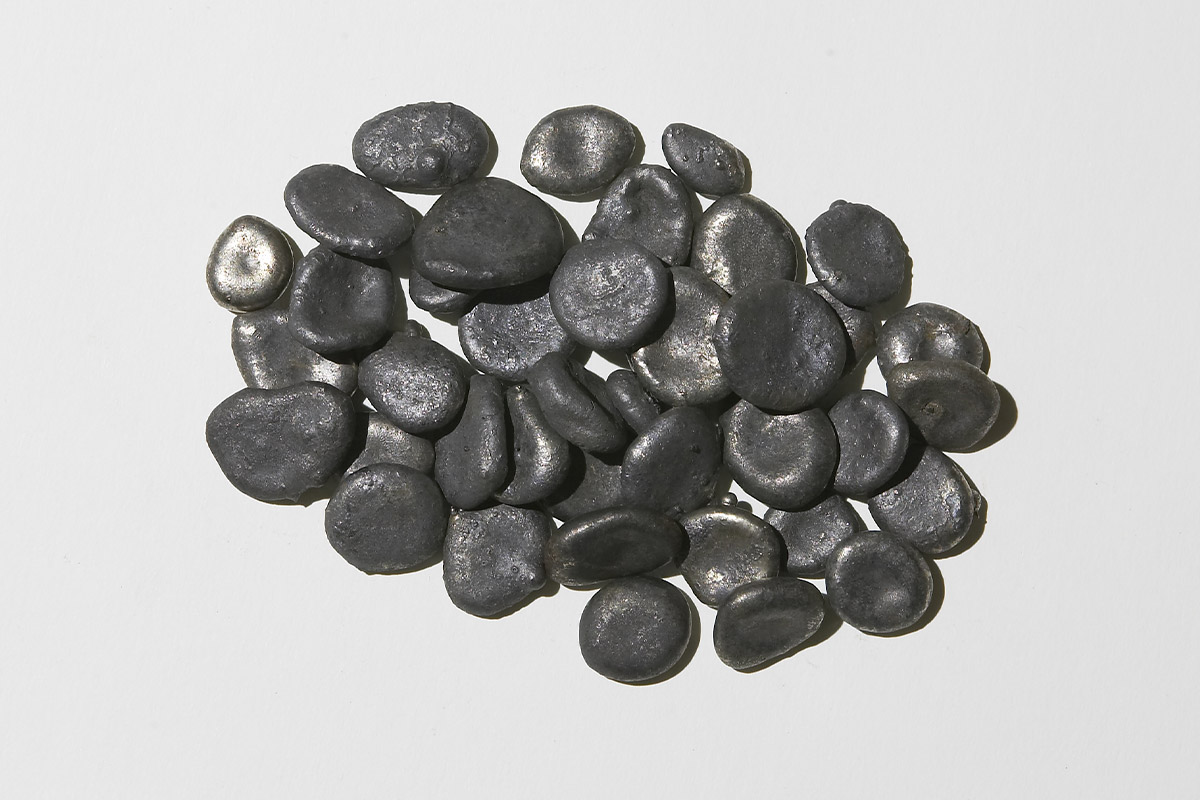
What is ferronickel? Ferronickel is an alloy made from iron and nickel. It's a crucial material in the production of stainless steel. This alloy typically contains about 35% nickel and 65% iron. The process of creating ferronickel involves smelting laterite nickel ore in a blast furnace. Why is ferronickel important? It enhances the strength, durability, and resistance to corrosion in stainless steel. This makes it invaluable in construction, automotive, and aerospace industries. How is ferronickel produced? The production process includes mining, smelting, and refining. Each step is vital to ensure the quality of the final product. Understanding ferronickel's role and production can help appreciate its impact on modern technology and infrastructure.
Key Takeaways:
- Ferronickel is an iron-nickel alloy primarily used in stainless steel production. It's versatile, recyclable, and essential for industries like aerospace, automotive, and construction.
- Ferronickel production has environmental implications, including greenhouse gas emissions and habitat destruction. Efforts to develop sustainable production methods and promote recycling are underway to minimize its impact.
What is Ferronickel?
Ferronickel is an alloy made from iron and nickel. It's used in various industries, especially in the production of stainless steel. Let's dive into some fascinating facts about this versatile material.
- Ferronickel is primarily used in the production of stainless steel, which accounts for about 70% of its consumption.
- The alloy typically contains 20-40% nickel, with the rest being iron.
- Ferronickel production involves smelting laterite nickel ore in electric arc furnaces.
- The process of making ferronickel is energy-intensive, requiring significant amounts of electricity.
- Indonesia is the largest producer of ferronickel, followed by New Caledonia and Brazil.
- Ferronickel is preferred over pure nickel in some applications due to its lower cost.
- The alloy improves the corrosion resistance and strength of stainless steel.
- Ferronickel production generates slag, a byproduct that can be used in construction materials.
- The global demand for ferronickel is driven by the growing stainless steel industry.
- Ferronickel can be recycled, making it an environmentally friendly material.
How is Ferronickel Made?
The production of ferronickel involves several steps, each crucial to obtaining the final product. Here are some key points about its manufacturing process.
- Laterite nickel ore is the primary raw material used in ferronickel production.
- The ore is first dried and then calcined to remove moisture and volatile components.
- Calcined ore is then smelted in an electric arc furnace at temperatures exceeding 1,500°C.
- During smelting, the ore melts and separates into ferronickel and slag.
- The molten ferronickel is tapped from the furnace and cast into molds.
- After cooling, the ferronickel is crushed and screened to the desired size.
- The slag produced during smelting can be processed to extract any remaining nickel.
- Ferronickel production requires a significant amount of energy, often sourced from coal or hydroelectric power.
- The quality of ferronickel depends on the composition of the raw ore and the efficiency of the smelting process.
- Innovations in smelting technology aim to reduce energy consumption and improve the environmental impact of ferronickel production.
Uses of Ferronickel
Ferronickel's unique properties make it suitable for various applications. Here are some of the ways this alloy is utilized.
- Ferronickel is a key ingredient in the production of austenitic stainless steel, known for its excellent corrosion resistance.
- It's used in the manufacturing of kitchenware, medical instruments, and automotive parts.
- The alloy is also employed in the construction industry for making durable and corrosion-resistant structures.
- Ferronickel is used in the production of coins in some countries due to its durability.
- The aerospace industry utilizes ferronickel for making high-strength, lightweight components.
- Ferronickel is an essential material in the production of batteries, particularly for electric vehicles.
- The alloy is used in the chemical industry for making equipment that can withstand harsh environments.
- Ferronickel's magnetic properties make it useful in the electronics industry for making sensors and other devices.
- It's also used in the oil and gas industry for making pipelines and other equipment that must resist corrosion.
- Ferronickel's versatility and durability make it a valuable material in various industrial applications.
Environmental Impact of Ferronickel Production
While ferronickel is a valuable material, its production has environmental implications. Here are some facts about its environmental impact.
- Ferronickel production generates significant amounts of greenhouse gases, primarily due to the energy-intensive smelting process.
- The mining of laterite nickel ore can lead to deforestation and habitat destruction.
- Waste materials, such as slag, can pose environmental challenges if not properly managed.
- Efforts are being made to develop more sustainable methods of ferronickel production, including the use of renewable energy sources.
- Recycling ferronickel can help reduce the environmental impact by decreasing the need for new raw materials and lowering energy consumption.
The Final Word on Ferronickel
Ferronickel, a key player in the metallurgy world, boasts a fascinating history and numerous applications. From its vital role in stainless steel production to its importance in modern technology, ferronickel remains indispensable. Understanding its production process, uses, and global impact helps appreciate this alloy's significance.
Whether you're a student, professional, or just curious, these 35 facts offer a solid foundation. Ferronickel's versatility and durability make it a cornerstone in various industries. As technology advances, its importance will only grow.
Stay curious and keep exploring the world of metals. Knowledge about materials like ferronickel not only broadens horizons but also highlights the intricacies of the world around us.
Frequently Asked Questions
Was this page helpful?
Our commitment to delivering trustworthy and engaging content is at the heart of what we do. Each fact on our site is contributed by real users like you, bringing a wealth of diverse insights and information. To ensure the highest standards of accuracy and reliability, our dedicated editors meticulously review each submission. This process guarantees that the facts we share are not only fascinating but also credible. Trust in our commitment to quality and authenticity as you explore and learn with us.


